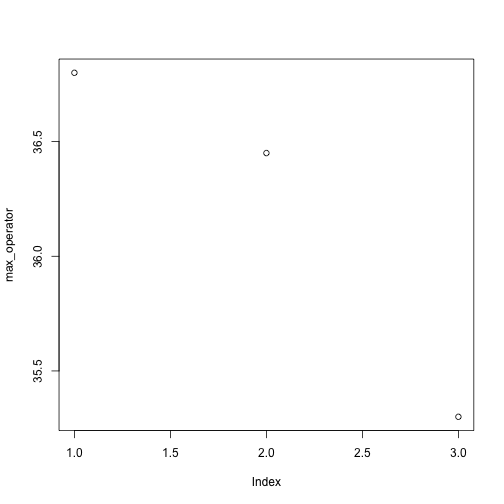


From them the microbiota was sequenced (which bacteria are in the sample, lets say n=30), 8 tryptophan metabolites were extracted as well from the sample (n=8) and 6 acute phase proteins were extracted as well from this sample (n=6). Faeces samples from 134 newborns and their mothers. At first a short description of the samples. I have a question regarding a heatmap i want to create with i think more than 3 variables. Hello guys, at first thank you for this very helpful tutorial. However, the ggplot2 and GGally packages provide an even more advanced pairs function, which is called ggpairs(). So far, we have only used the pairs function that comes together with the base installation of R. You need even more options? No problem, let’s move on…Įxample 5: ggpairs R Function Main = "This is an even nicer pairs plot in R")įigure 4: pairs() Plot with Color & Points by Group.Īs you can see in Figure 4, we colored the plots and changed the shape of our data points according to our groups. Pch = c(8, 18, 1), # Change points by group Main = "This is an even nicer pairs plot in R" )Ĭol = c("red", "cornflowerblue", "purple"), # Change color by group Pch = c ( 8, 18, 1 ), # Change points by group Fortunately, this can be done easily by specifying a formula within the pairs command:Ĭol = c ( "red", "cornflowerblue", "purple" ), # Change color by group Often, you will only be interested in the correlations of a few of your variables. Let’s modify the options of the function a little bit…Įxample 2: Selecting Variables of pairs Plot In this first example, I have shown you the most basic usage of pairs in R. The middle graphic in the first row illustrates the correlation between x1 & x2 The right graph in the first row illustrates the correlation between x1 & x3 The left figure in the second row illustrates the correlation between x1 & x2 once more and so on… correlation plot) of each variable combination of our data frame. The other cells of the plot matrix show a scatterplot (i.e.The diagonal shows the names of the three numeric variables of our example data.So, what does this pairs plot actually contain? As you can see, we are able to produce a relatively complex matrix of scatterplots with only one line of code.


 0 kommentar(er)
0 kommentar(er)
